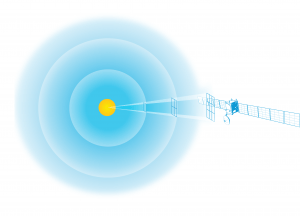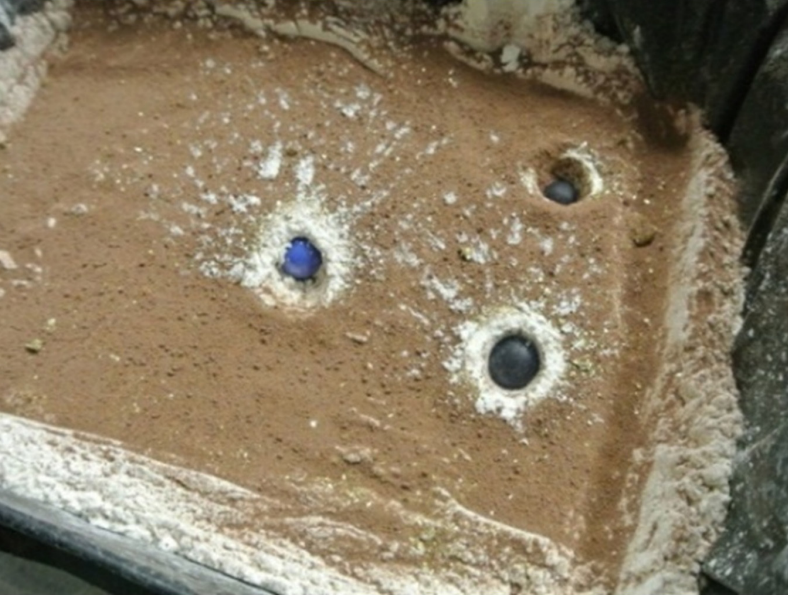Tell-tale signs of a shooting star – Comets, meteors and craters in the Solar System
To many ancient civilisations, the tale of a shooting star was an omen of things to come. In this series of activities, pupils will learn that a shooting star or meteor is actually a piece of rock that lights up as it travels through the Earth’s atmosphere. They will also learn why this happens and investigate how craters are formed when a meteor strikes a planetary surface. Extension activities focus on why small meteors can cause large impact craters and why we find so few craters on Earth.
Subject: Astronomy, Science Learning Objectives:
- Learn that a shooting star, or meteor, is the light produced by a meteoroid traveling through the Earth’s atmosphere.
- Understand how objects moving at high speeds through the Earth’s atmosphere can cause rapid air compression and this leads to a large rise in temperature.
- Perform scientific experiments, specifically to investigate how rocks produce craters.
Age range:
10-12 years old
Time
Lesson: 2 to 2.5 hours
Resource available in:

Power from Sunlight – Powering space exploration with solar energy
Brief description: In this set of activities, students will learn about two concepts that influence solar panel design for space missions: the inverse square law

AstroFarmer – Learning about conditions for plant growth
Brief description: In this set of six activities, students will investigate which factors affect plant growth, and relate these factors to growing plants in space.

Robotic Arm – Become a space engineer for a day
Brief description: In this activity, students will learn how their arm works and build a robotic arm inspired on it. Students will understand the different



